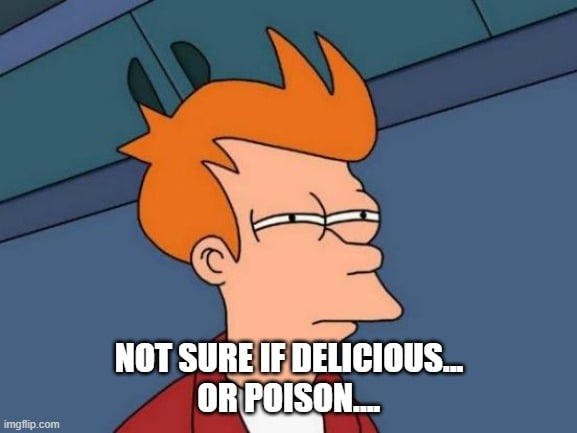This Eastern Screech Owl was found on the ground in LaPorte this past Tuesday, unwilling or unable to fly. After being rescued he was transported to our center for an exam to determine his lethargic behaviors. After determining that he had no broken bones and no soft tissue injuries, our team conducted a lead toxicity test as well as a test for rodenticide toxicity by checking to see how long it took for his blood to coagulate.
Not only did this Eastern Screech Owl’s tests come back with elevated levels of lead of 10.7 ug/dL (should be less than 3.3 ug/dL) but his blood took hours to coagulate! Not only did his blood in the test tube have difficulty coagulating, but the tiny puncture site for his needle stick also had a difficult time clotting!!
Staff was able to utilize QuickStop and pressure on the puncture site to get the bleeding to stop but this is a very real sign that this Eastern Screech Owl had recently ingested a mouse that had been poisoned. For the next two weeks, we will be treating this owl with Vitamin K to help alleviate the rodenticide toxicity. Thankfully, he is already eating on its own and is much more alert.
Most rodenticides are anti-coagulants. They prevent the blood from clotting and thin it until the victim eventually dies from internal bleeding. The time taken for a rodent to die after eating the bait varies from 2 to 12 days. A rodent eating a sub-lethal dose (not enough to kill it) may carry the poison in its liver for several months. Before a poisoned rodent dies it may be caught by a predator which then ingests the poison. This is called secondary poisoning. Creatures which have been killed by secondary poisoning include opossums, foxes, owls, hawks, raccoons, and coyotes. Animals which have been killed by directly eating rodenticide baits include dogs, cats, pigeons and blackbirds.
To contribute to the cost of medical care for animal like this Eastern Screech Owl, who is being medicated for both Lead toxicity and Rodenticide Toxicity, please consider making a donation at www.humaneindiana.org/donate
Aww poor screechie. That’s terrible. Feel better boss!
I just read a podcast transcript discussing 1st/2nd gen poisons and effects on secondary poisoning. The 2nd gen are the ones that are really bad for this, and it helped explain why a bit better than I’d understood before.
1st gen require multiple feedings to be fatal to the rodents, 2nd gen is lethal with one dose. The poisons take a while to work, say up to 3 days. With the 1st gen poisons, the lethal dosage is slowly building up, and is being metabolized at the same time, keeping the overall level of poison in the body minimized. The poisons themselves also have a shorter half life, and some are actually used in humans as blood thinners!
The 2nd gen poisons, while lethal with one dose, still take that same time period until they kick in. Meanwhile, the rodent doesn’t just stop eating. Some it’s going back and getting 3, 5, 6, whatever doses of poison before it dies. Now if it dies in the open or is slowed down to be easy to catch, whatever eats it is now ingesting multiple doses of the poison at once, and it does not metabolize quickly like the 1st gen poison.
This is why they are so dangerous to animals like owls. All the local rodents will be eating the poison, so the same owls or other animals will be eating multiple poisoned rodents with many times the lethal dosage of poison inside them. They will eat them themselves, or during nesting season, they will stockpile these poisoned animals and feed them to the babies along with themselves and it will kill the whole lot of them.
If you want more details, it’s a really good all in one summary, but the transcript seems computer generated, so there’s a number of mistakes in grammar.
PestGeek Podcast - Choosing Rodenticides Wisely



